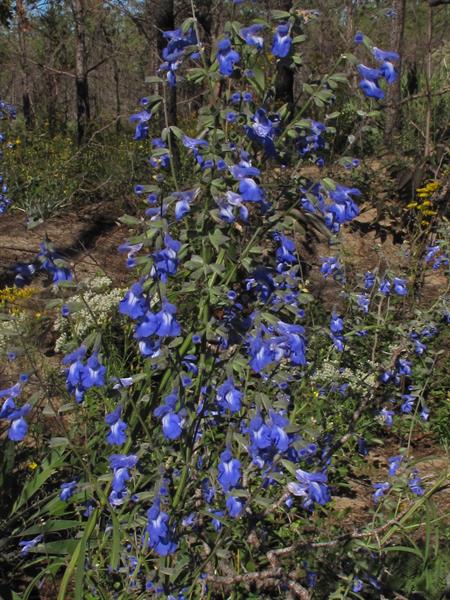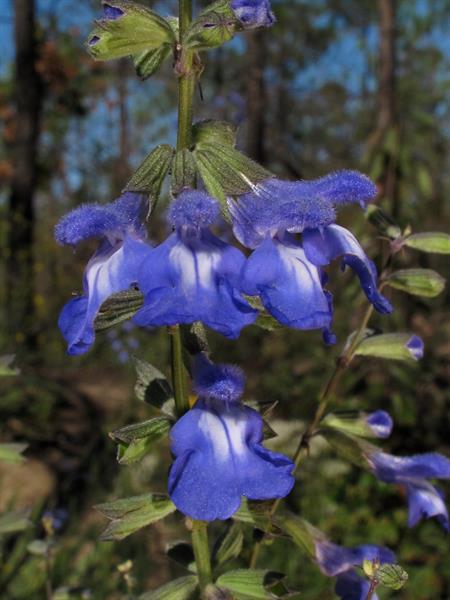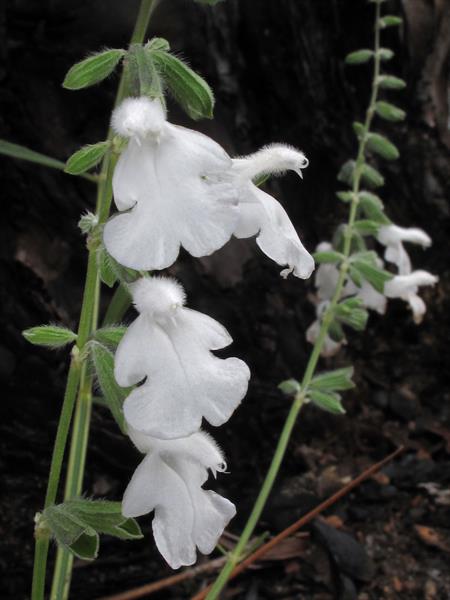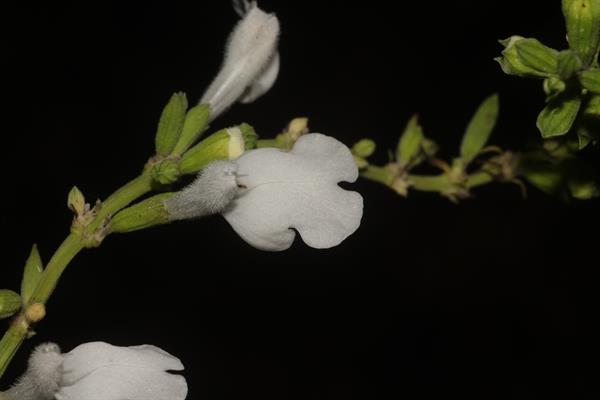
Origin/Endemic status: Endemic
Synonymy ⓘ: = K4, Tx; < Salvia azurea Michx. ex Lam. — Fl6, RAB, S, WH3. Basionym: Salvia azurea Michx. ex Lam. 1804
Show parent genus | Show parent in key(s)
Heliophily ⓘ: 8
Hover over a shape, letter, icon, or arrow on the map for definition or see the legend.
 © Alan M. Cressler | Original Image ⭷
© Alan M. Cressler | Original Image ⭷ © Alan M. Cressler | Original Image ⭷
© Alan M. Cressler | Original Image ⭷ © Alan M. Cressler | Original Image ⭷
© Alan M. Cressler | Original Image ⭷ © Scott Ward | Original Image ⭷
© Scott Ward | Original Image ⭷Feedback
See something wrong or missing on about Salvia azurea var. azurea? Let us know here: (Please include your name and email if at all complicated so we can clarify if needed.) We greatly appreciate feedback, and will include updates from you in our next webapp update, which can take a few months. If a species is not keyed, that's because keying is ongoing. Please don't send us feedback about unkeyed species.
Horticultural Information
Intro: Erect perennial of sandhills, hammocks and dry sandy or rocky woodlands.
Stems: Stems 1 to several from a single crown, 4-angled, simple or branched above, hairy.
Leaves: Leaves opposite, narrowly elliptic to lance-shaped and tapering at both ends, to 3 1/2 in. long, grayish-green, with short gray hairs; scent when crushed resembles culinary sage.
Inforescence:
Flowers: Flowers in upright, loose, terminal spikes; intense blue, 1/2-1 in.long, tubular opening to 2 lips, the upper much smaller and hood-like and the lower 3-lobed and (usually) with white stripes or smudges.
Fruits:
Comments:
Height: 2-5 ft.
plant sale text:
bloom table text:
description: Erect perennial of sandhills, hammocks and dry sandy or rocky woodlands.
stems: Stems 1 to several from a single crown, 4-angled, simple or branched above, hairy.
leaves: Leaves opposite, narrowly elliptic to lance-shaped and tapering at both ends, to 3 1/2 in. long, grayish-green, with short gray hairs; scent when crushed resembles culinary sage.
inflorescence:
flowers: Flowers in upright, loose, terminal spikes; intense blue, 1/2-1 in.long, tubular opening to 2 lips, the upper much smaller and hood-like and the lower 3-lobed and (usually) with white stripes or smudges.
fruits:
comments:
cultural notes:
germination code:
native range: southeastern United States
0 unsaved edits on this page.